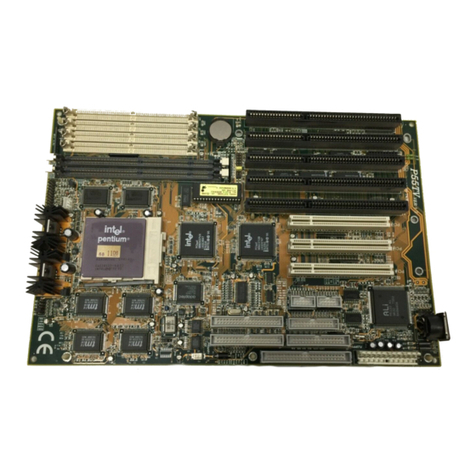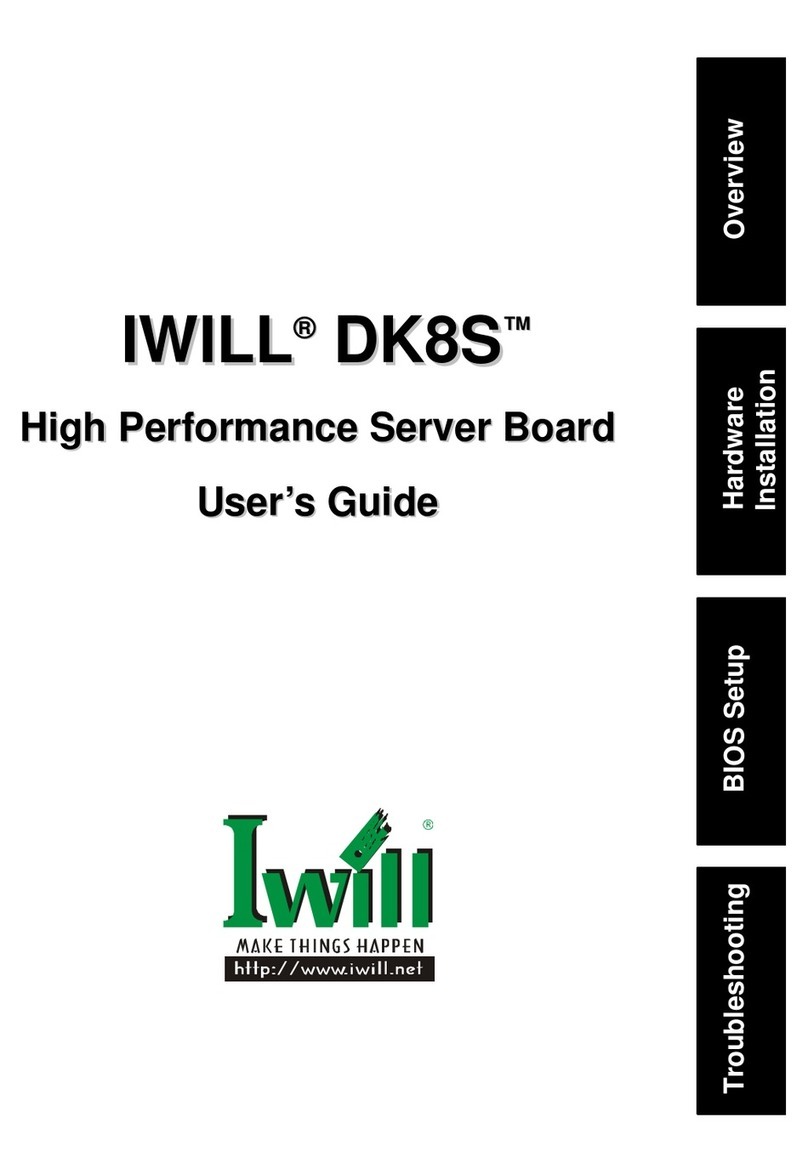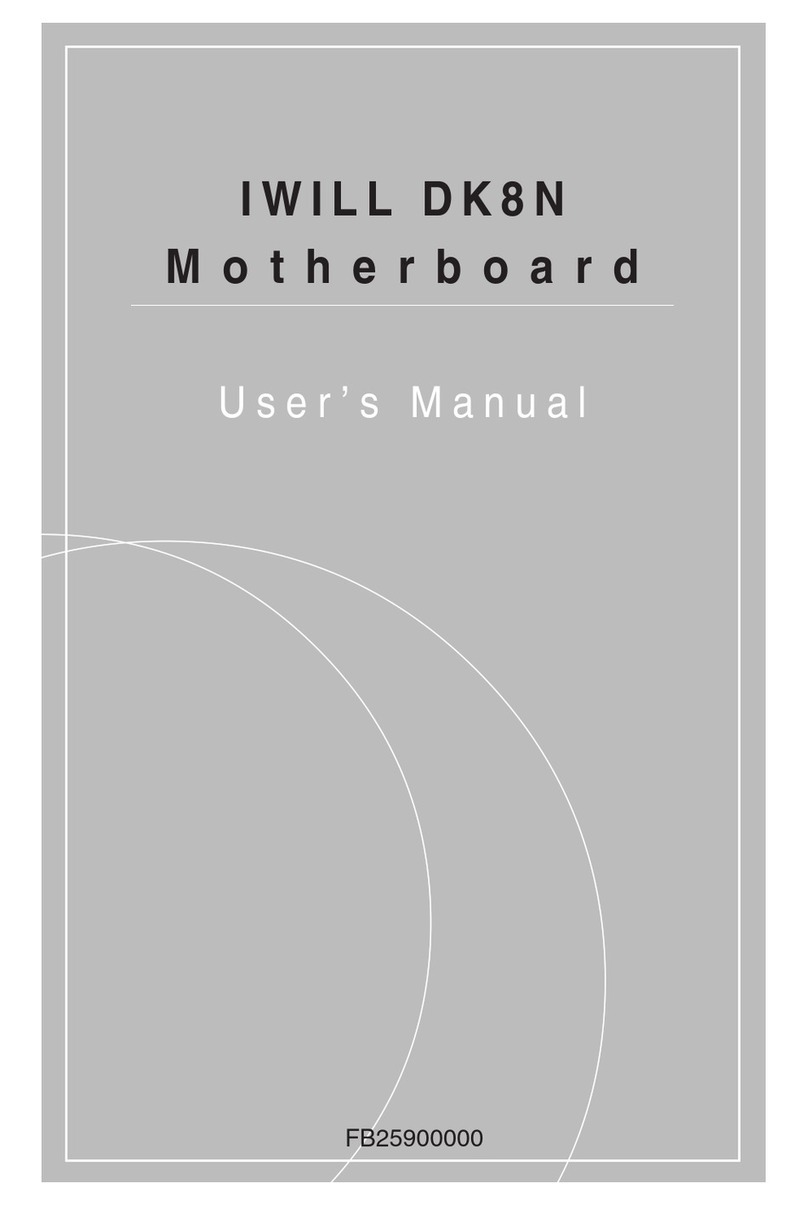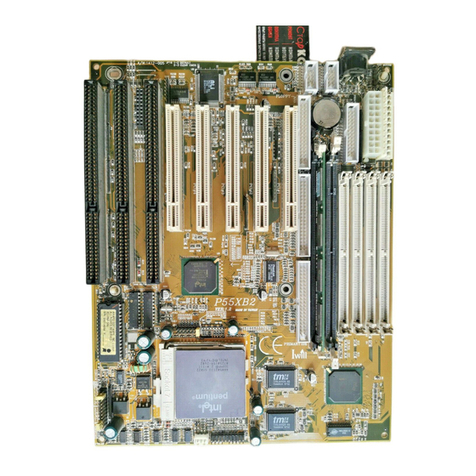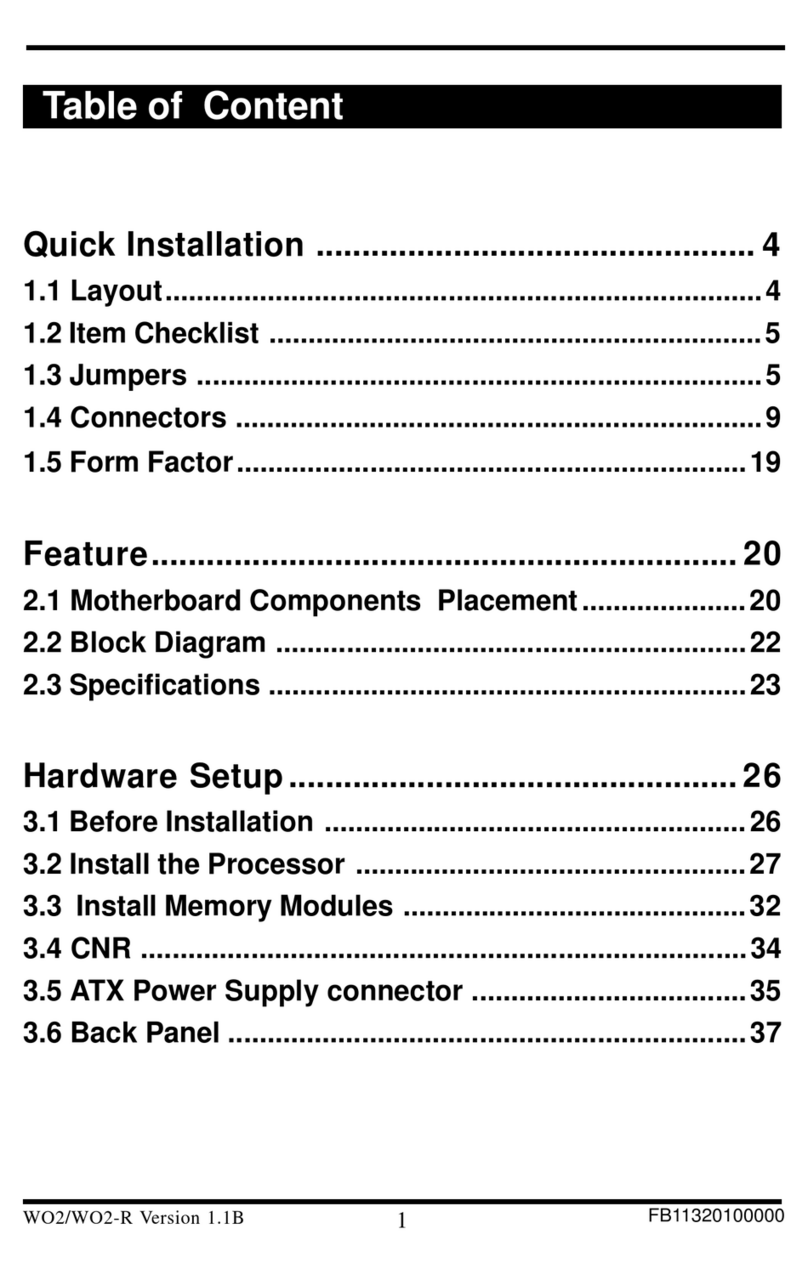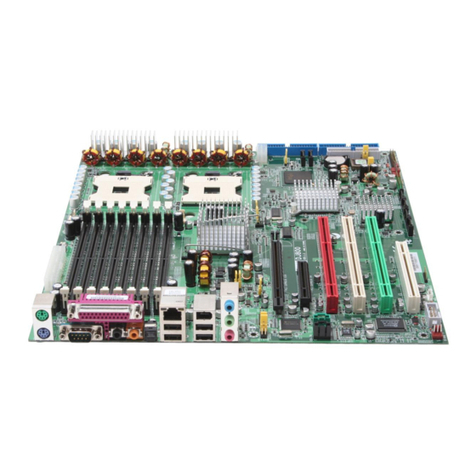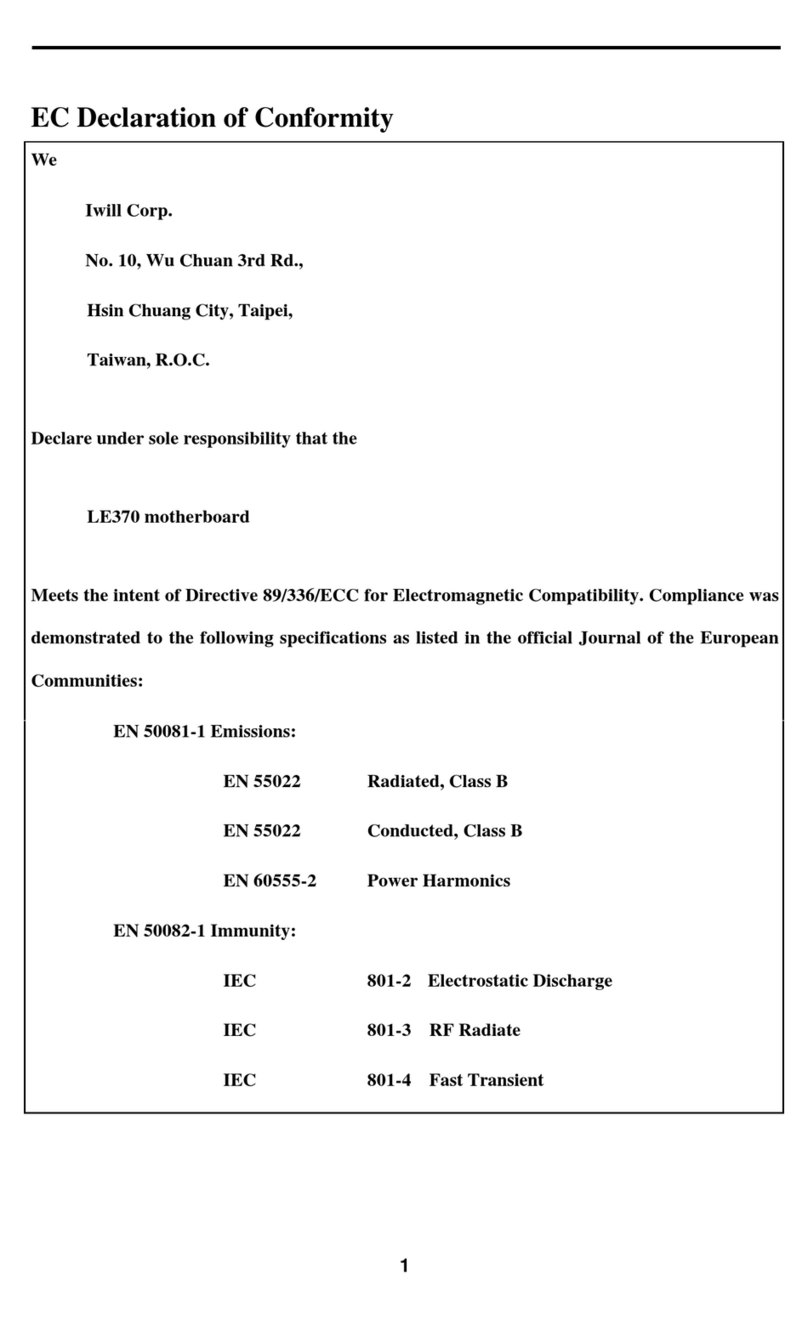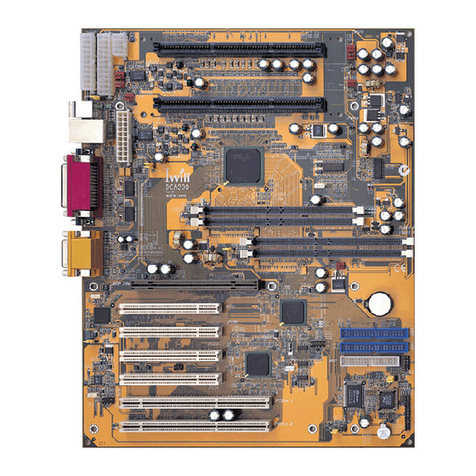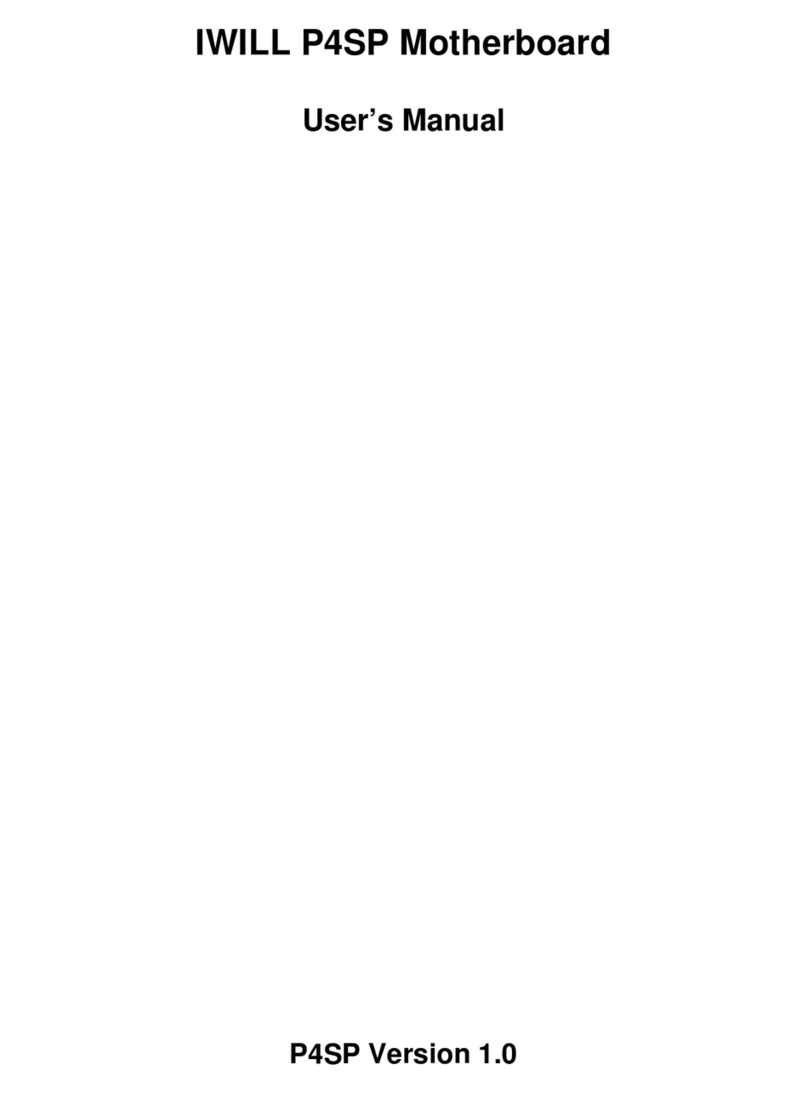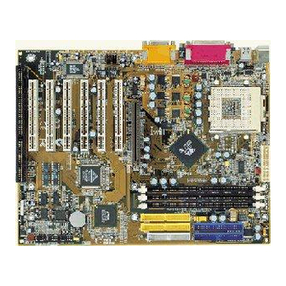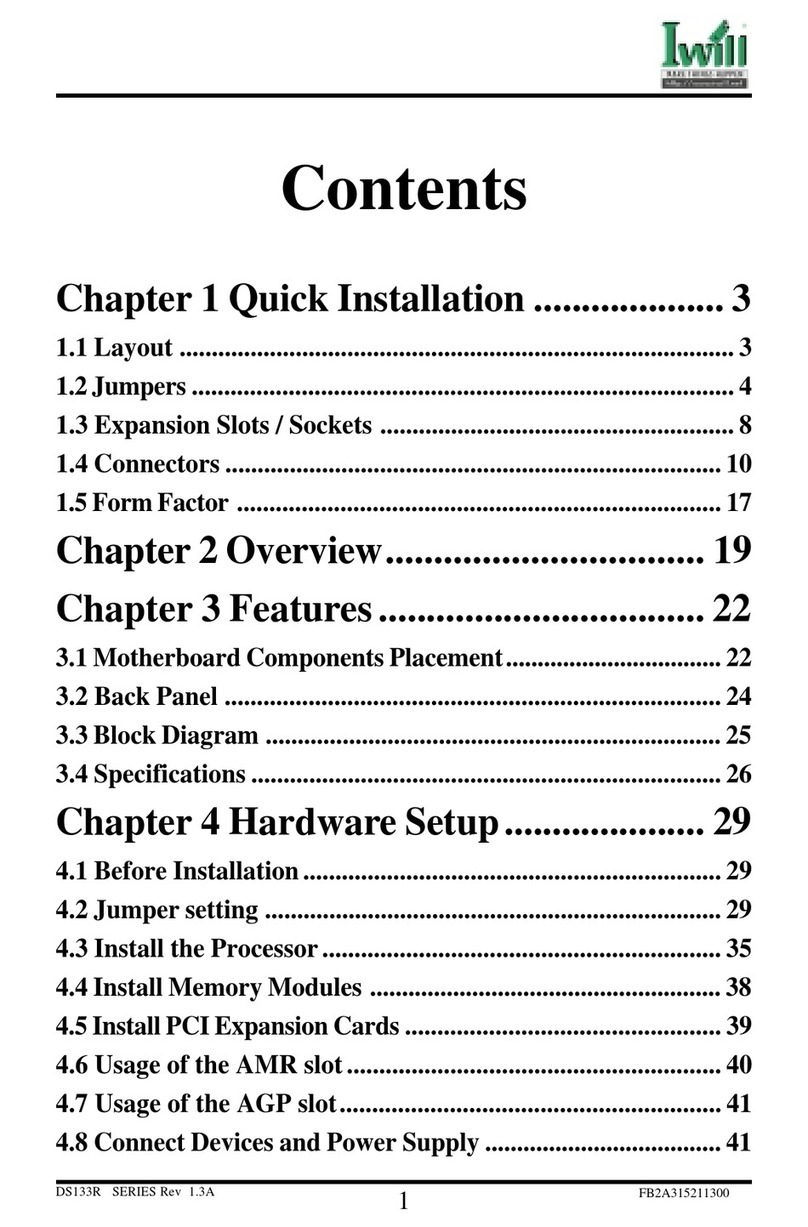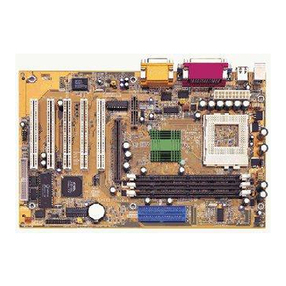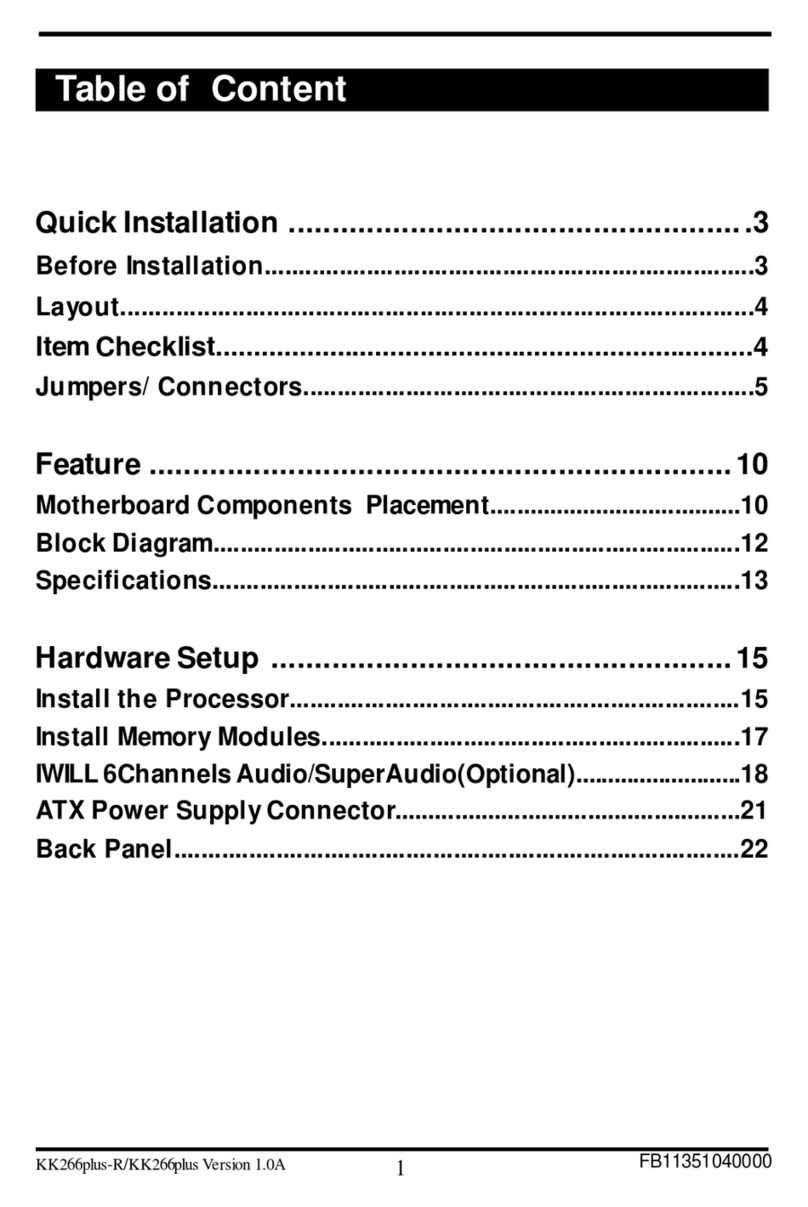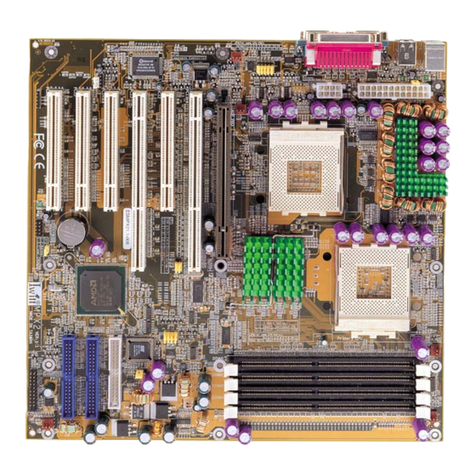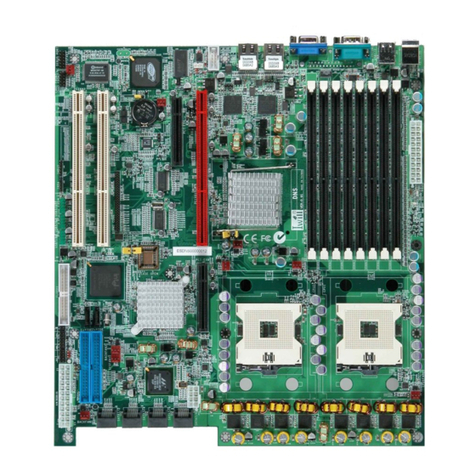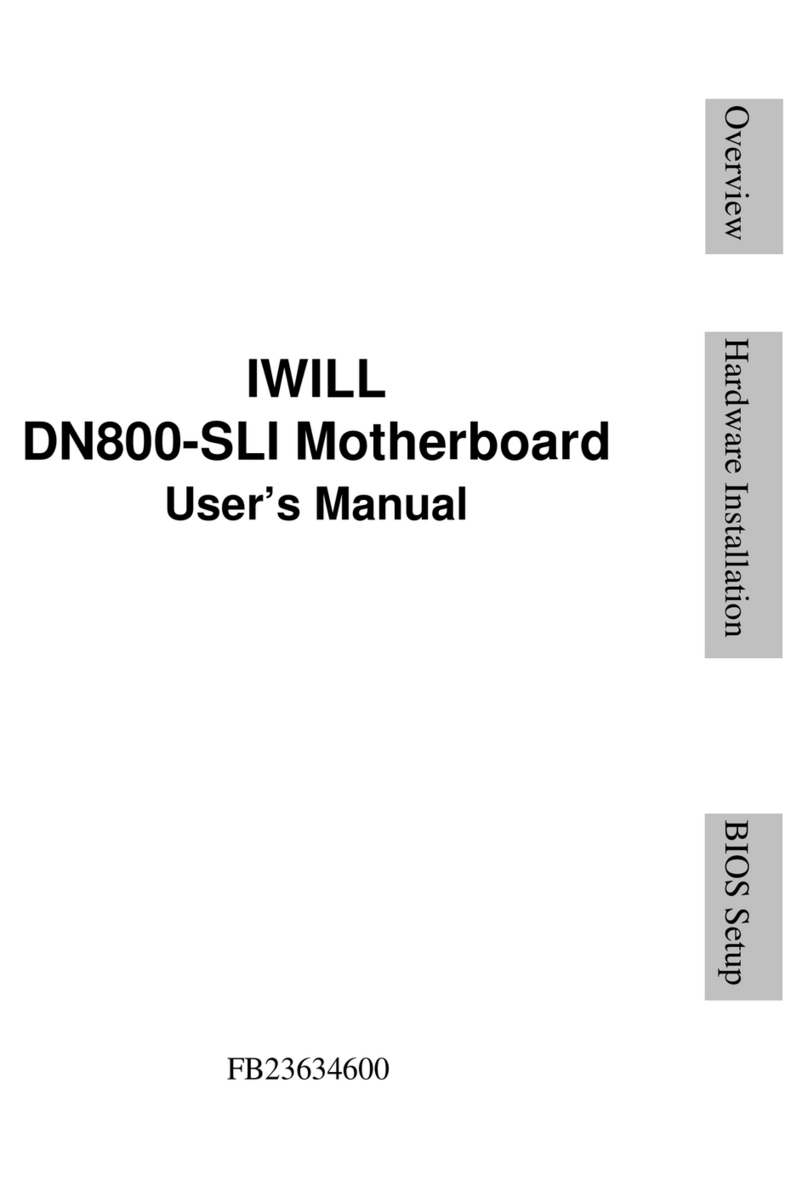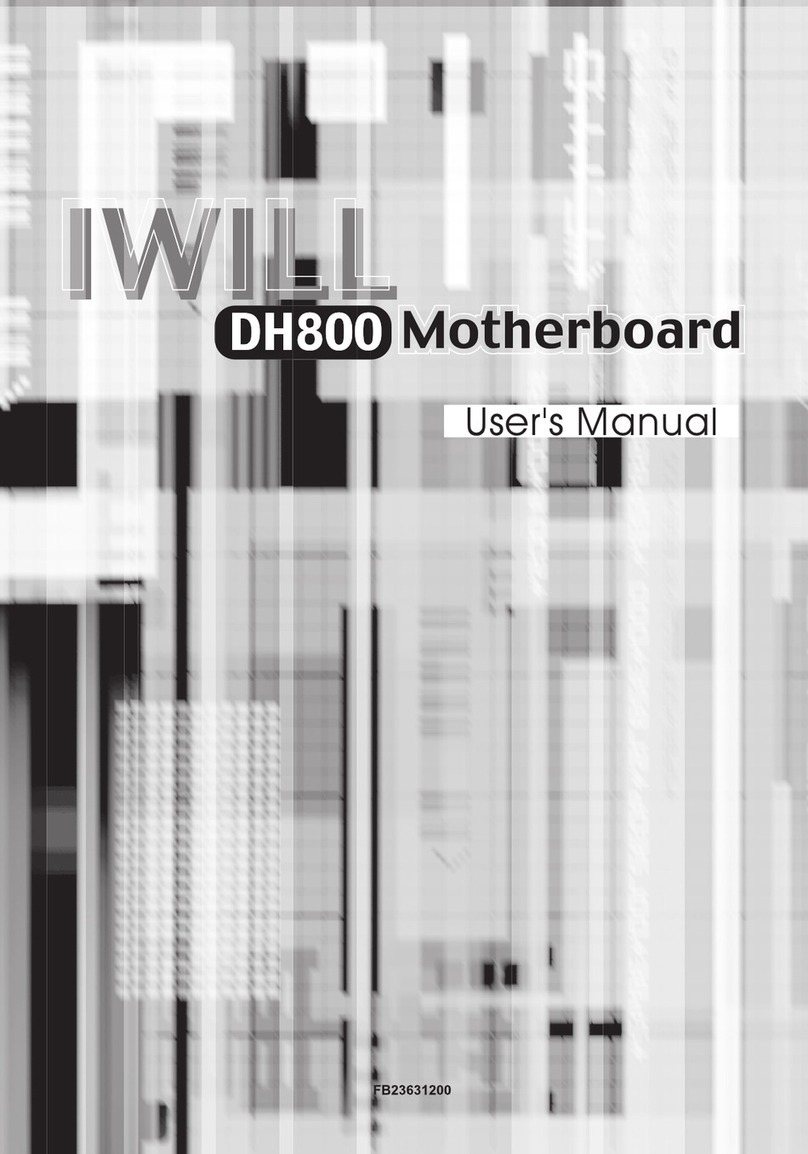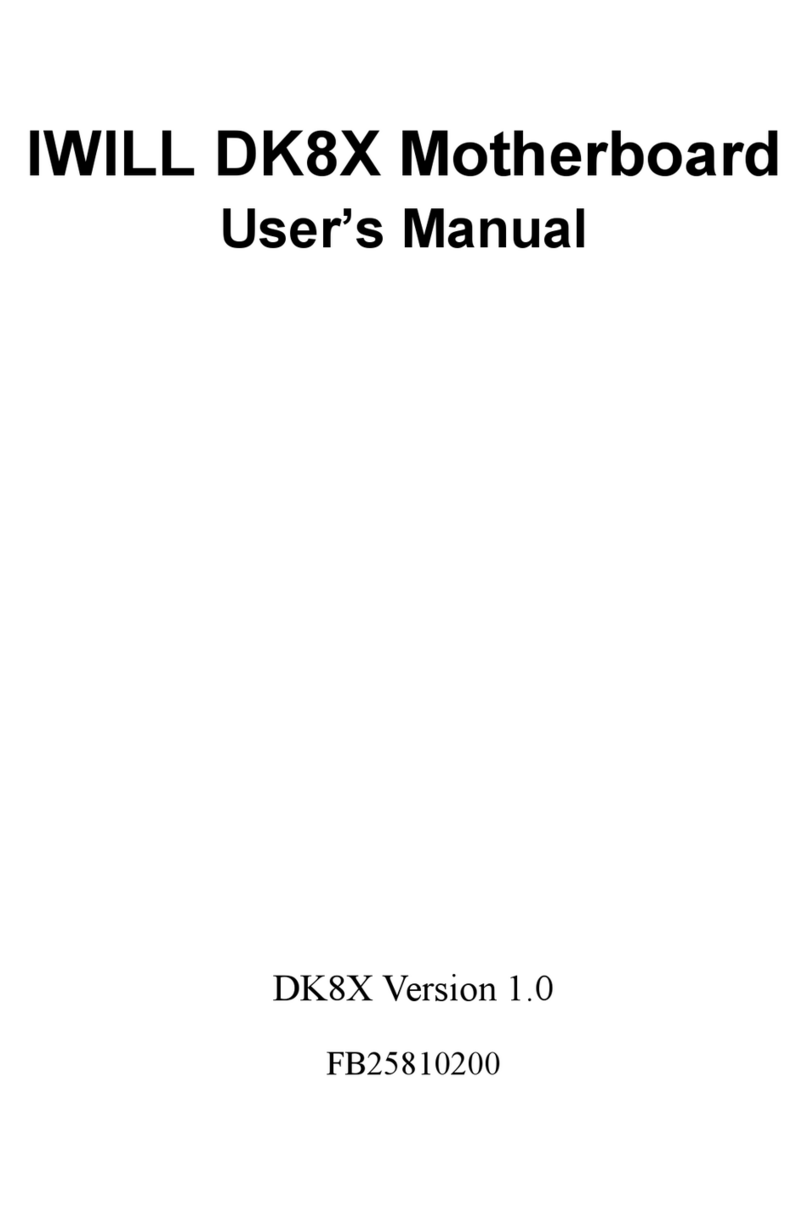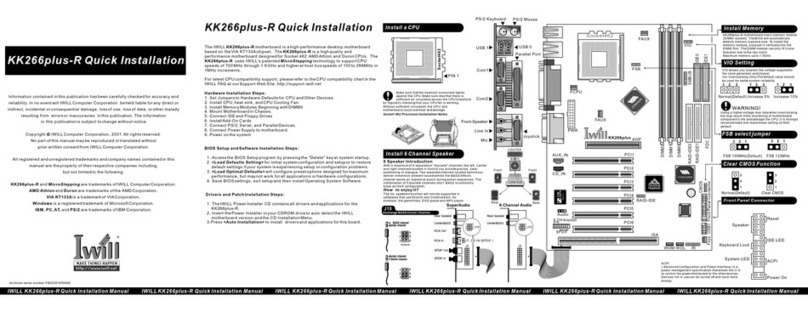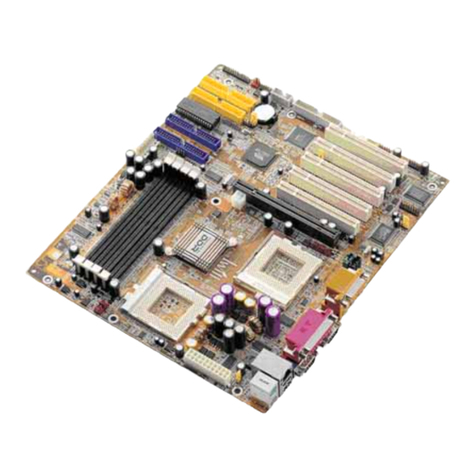Contents
CHAPTER 0..................................................................................................................8
QUICK INSTALL ATION .........................................................................................8
CHAPTER 1................................................................................................................16
OVERVIEW................................................................................................................16
1.1 FEATURES............................................................................................................16
1.2 SPECIFICATIONS..................................................................................................20
CHAPTER 2................................................................................................................21
HARDWARE INSTALL ATION............................................................................21
2.1 PREPARATION AND INSPECTION........................................................................21
2.2 PLACEMENT ........................................................................................................22
2.3 CPU GROUP.........................................................................................................24
2.4 L2 CACHE MEMORY..........................................................................................29
2.5 D-RAM CONFIGURATION.................................................................................29
2.6 IDE INTERFACE ..................................................................................................30
2.7 USB (UNIVERSAL SERIAL BUS).......................................................................31
2.8 ENHANCED MULTI-IO .......................................................................................32
2.9 OTHERS................................................................................................................34
CHAPTER 3................................................................................................................38
AWARD BIOS SETUP .............................................................................................38
3.1 MAIN MENU........................................................................................................41
3.2 STANDARD CMOS SETUP.................................................................................43
3.3 BIOS FEATURES SETUP.....................................................................................46
3.4 CHIPSET FEATURES SETUP................................................................................51
3.5 POWER MANAGEMENT SETUP..........................................................................57
3.6 PNP/ PCI CONFIGURATION SETUP...................................................................60
3.8 LOAD SETUP DEFAULTS.............................................................................64
3.9 SUPERVISOR/USER PASSWORD SETTING........................................................64
3.10 IDE HDD AUTO DETECT ION ...................................................................65
3.11 HDD LOW LEVEL FORMAT......................................................................65
3.12 SAVE & EXIT SETUP ...................................................................................65
3.13 EXIT WITHOUT SAVING ...........................................................................65
APPENDIX A—CPU CONFLUENCE................................................................66

